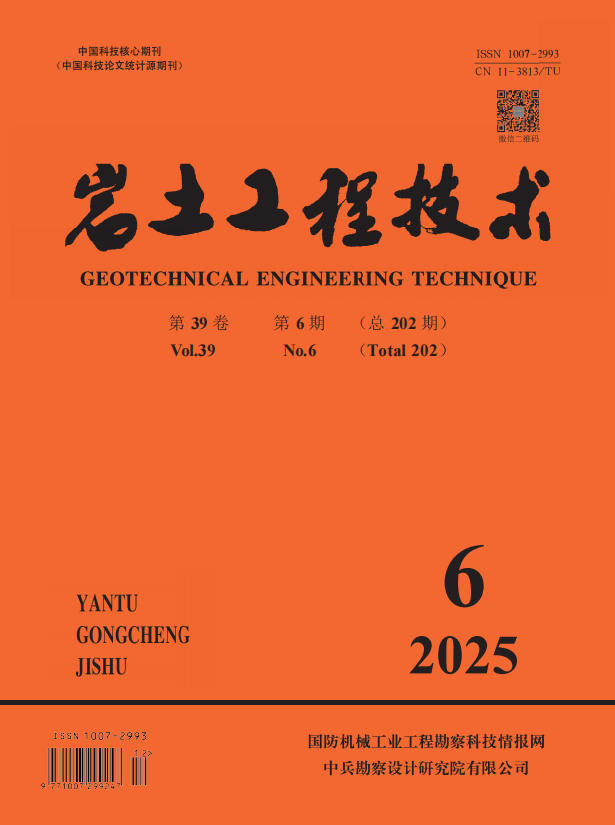Abstract:
The characteristics of rock engineering are obviously different due to the influence of diagenetic conditions, geological tectonics, metamorphism and weathering. In the practical engineering application, considering the stress distribution and convenient calculation, the relatively complex rock mass should be simplified. Within the scope of a project, to obtain geotechnical design parameters objectively and evaluation of engineering properties, reasonable engineering simplification is the basic premise to realize the foundation calculation. Taking a certain nuclear power project as an example, by means of a large number of experiments and tests, merge and simplify the rock strata with similar engineering properties, the characteristics of complex layered rock mass have been revealed. The engineering practice shows that the rock mass of the site presents obvious inhomogeneous characteristics, and the division of the engineering geological unit according to the rock group and weathering intensity to divide the engineering geological unit does not reflect the difference of lithology; According to the acoustic and mechanical experiment data of various types of rock mass, the engineering geological section is carried out according to the lithological combination, which conforms to the engineering practice.



